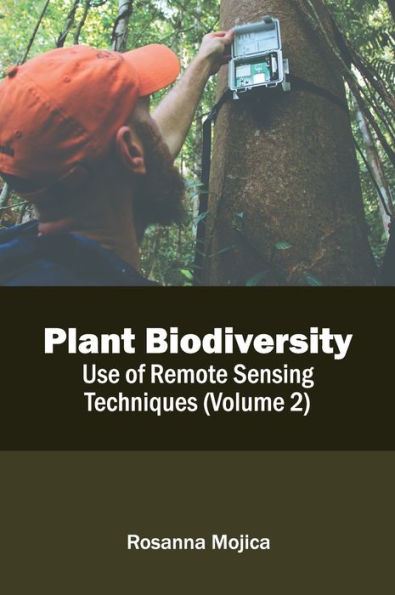Home
Development of an Ultrasonic Sensing Technique to Measure Lubricant Viscosity in Engine Journal Bearing In-Situ
Loading Inventory...
Barnes and Noble
Development of an Ultrasonic Sensing Technique to Measure Lubricant Viscosity in Engine Journal Bearing In-Situ
Current price: $109.99


Barnes and Noble
Development of an Ultrasonic Sensing Technique to Measure Lubricant Viscosity in Engine Journal Bearing In-Situ
Current price: $109.99
Loading Inventory...
Size: OS
*Product Information may vary - to confirm product availability, pricing, and additional information please contact Barnes and Noble
This thesis presents a novel ultrasonic instrument for non-invasive and in-situ characterization of journal bearing lubricant viscosity. In particular, the application to journal bearings is described by non-invasively measuring the viscosity and localized power losses throughout operation.
This ultrasonic viscometer is based on the reflection of polarized shear waves from a thin resonating coating layer to increase the measurement sensitivity, in comparison to conventional ultrasonic methods. This instrument allows for a full engine oil viscoelastic characterization in-situ.
The book investigates the effects of temperature, pressure and shear rate, and describes in detail the ultrasonic setup and method. Further, it demonstrates that the same technique can be applied similarly to monitor the lubrication of other engine components. As such, it offers a unique instrument that can drive the research of oil formulations toimprove engine performance and fulfill the requirements of international fuel economy regulations.
This ultrasonic viscometer is based on the reflection of polarized shear waves from a thin resonating coating layer to increase the measurement sensitivity, in comparison to conventional ultrasonic methods. This instrument allows for a full engine oil viscoelastic characterization in-situ.
The book investigates the effects of temperature, pressure and shear rate, and describes in detail the ultrasonic setup and method. Further, it demonstrates that the same technique can be applied similarly to monitor the lubrication of other engine components. As such, it offers a unique instrument that can drive the research of oil formulations toimprove engine performance and fulfill the requirements of international fuel economy regulations.










